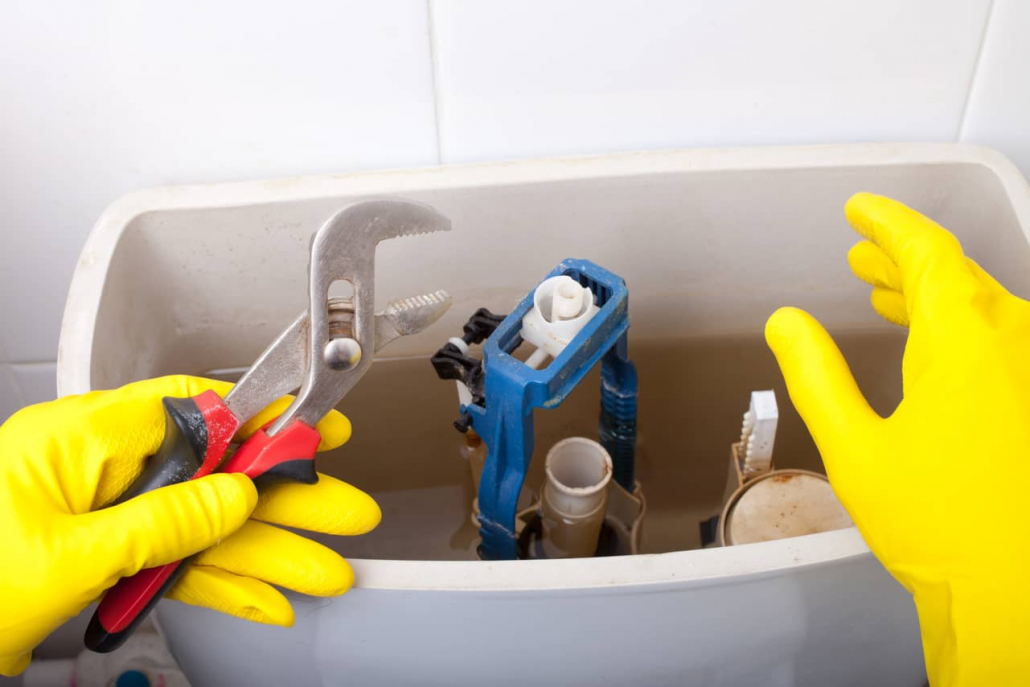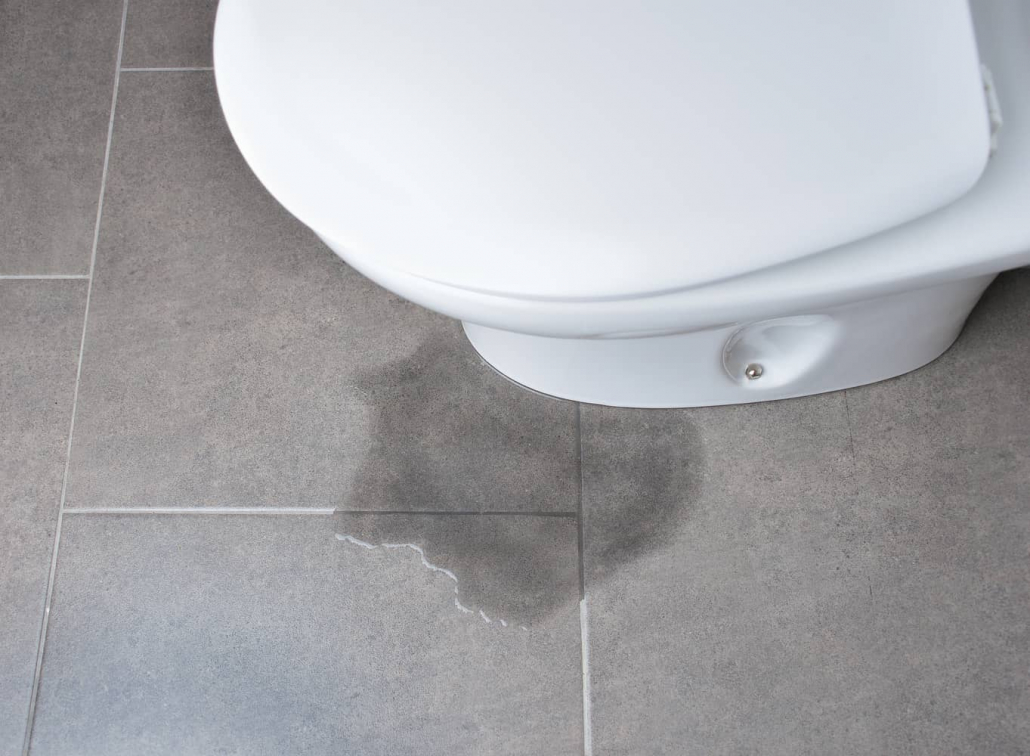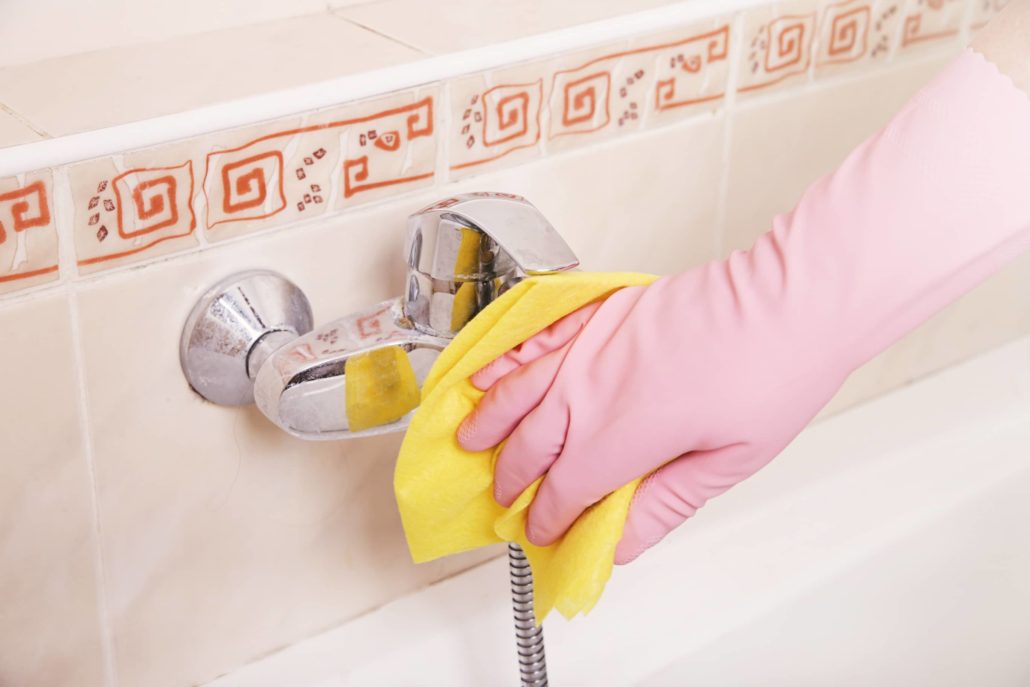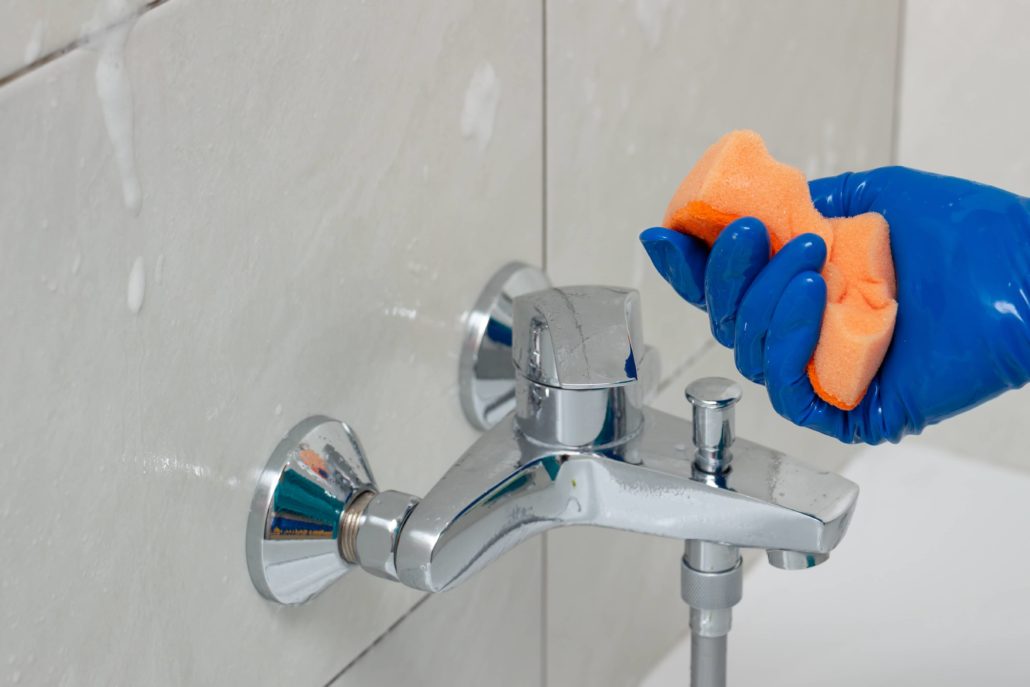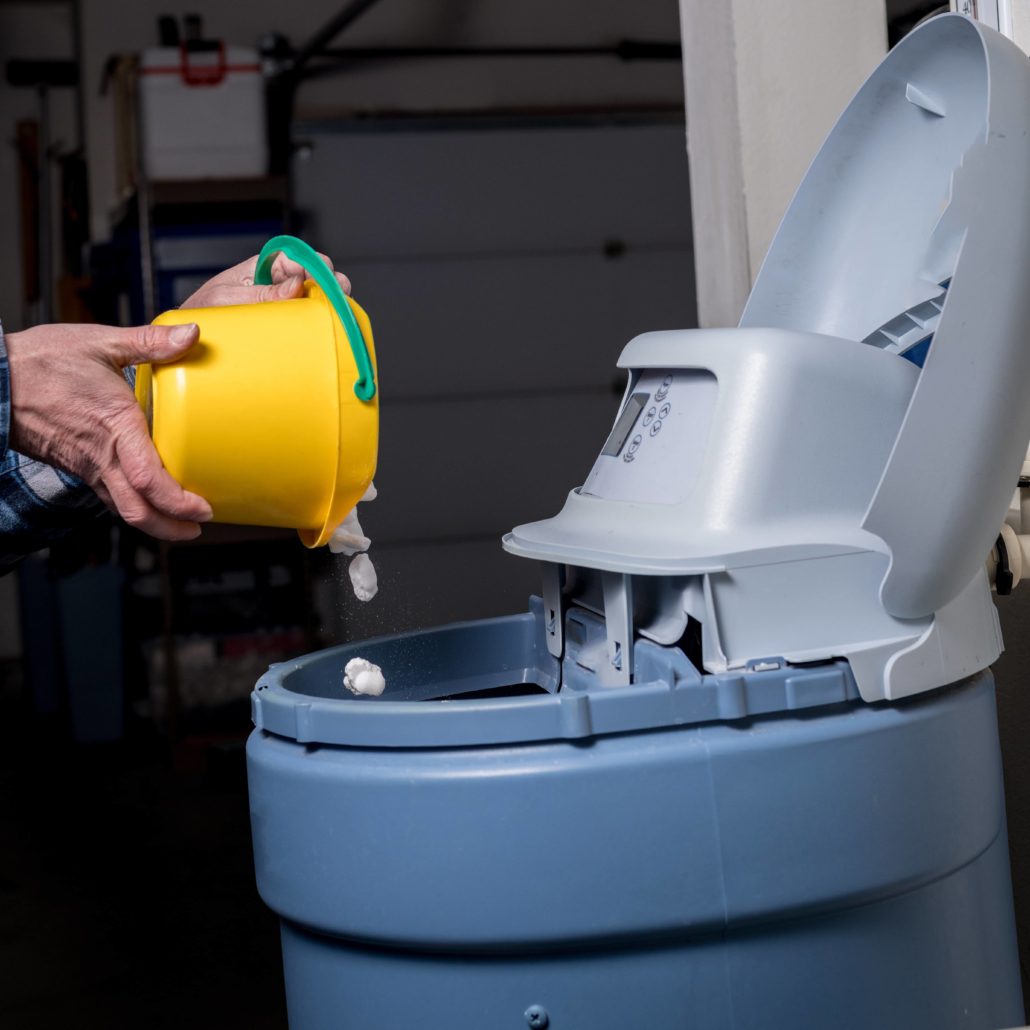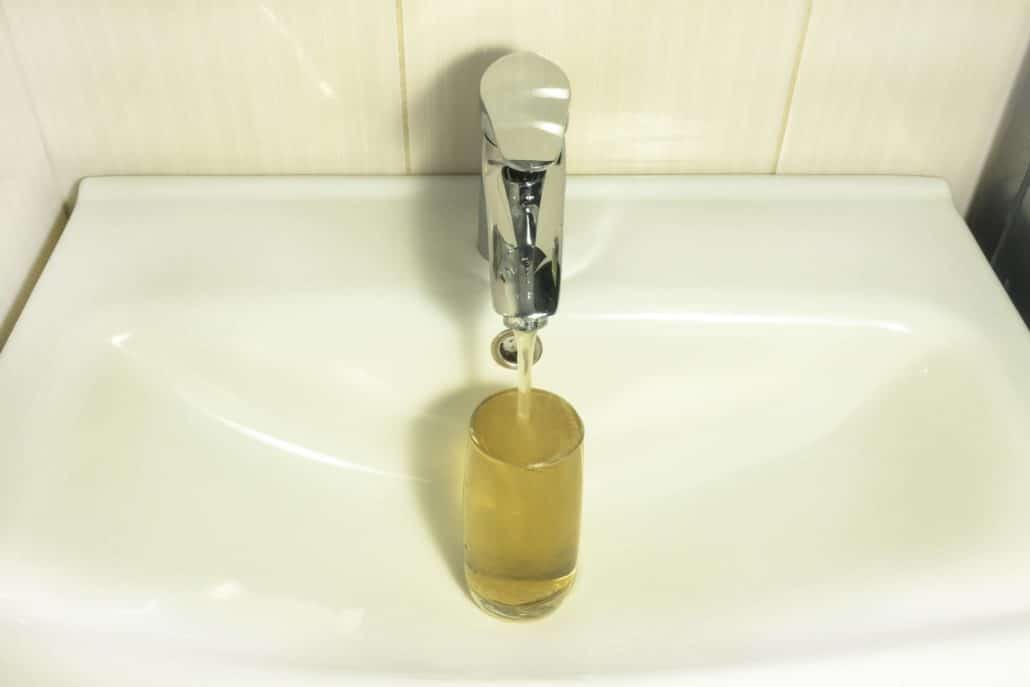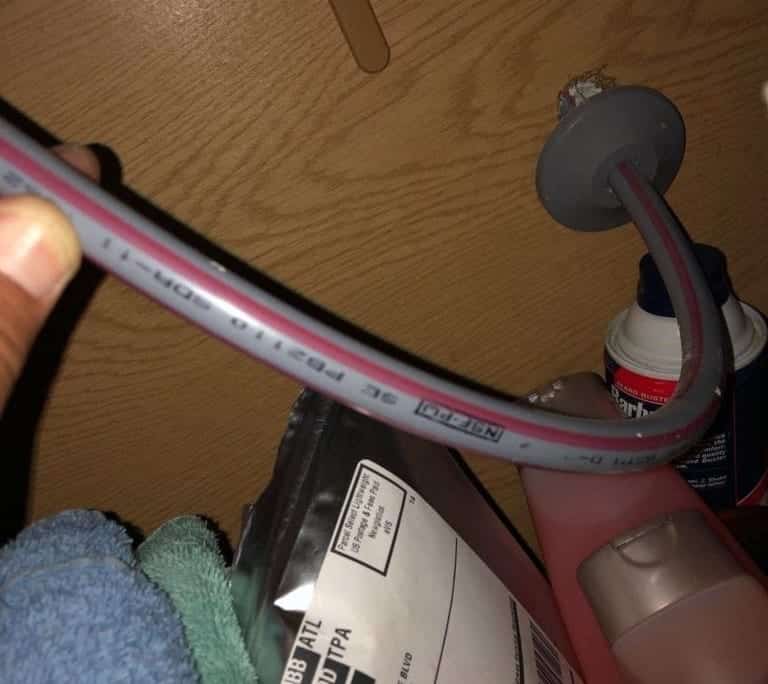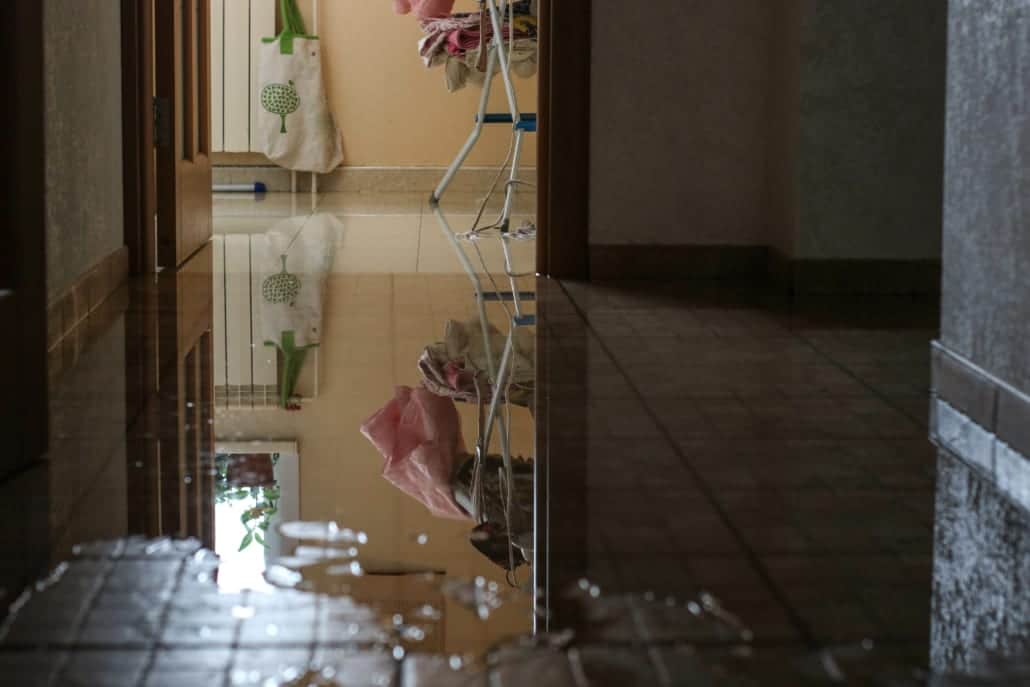Imagine that you are sitting around the house and trying to relax from a long day. As you lie on the couch and attempt to fall off into a nap, you hear some water running. Immediately, you begin to think, this couldn’t possibly be true. There is no way that you have a water leak anywhere in your home. As a homeowner, you made a concerted effort to check all of the plumbing in your home. In addition, you have never experienced this before. At this point, you do what all homeowners would do. You call your home inspection company to come search for a leak. Can hear water running but can’t find a leak? The water running could come from a toilet issue, water heater leak, or even a worn gasket.
Let’s take a look below at the best way to determine what that water running noise is from.
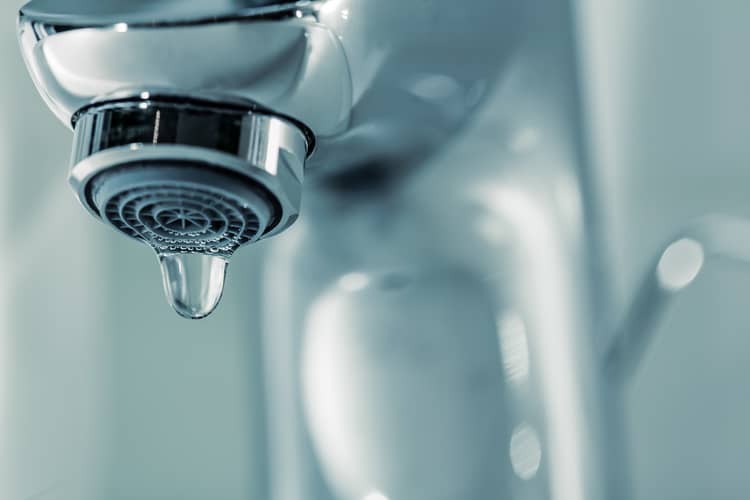
How Do I Find A Leak
There are a few reasons why you can’t find a leak. Maybe the leak isn’t there as you were looking for. At the end of the day, you still need to find out why you hear water running and where the leak is happening. Always remember that leaks are not the easiest to find. You are likely going to call on your local master plumber. Most homeowners will test every faucet, and check on their water heater. If they still do not find out why it sounds like running water when every faucet is off, then they will likely call a professional.
Where Should I Look
There are a variety of areas to look at when trying to troubleshoot a possible water leak. Let’s take a look at those possibilities.
- Water Meter – your water meter has a red dial that moves as the water flows. If your water running is a leak then your city water system will show a red dial moving.
- Interior of the home – check your plumbing fixtures to make sure that no water is dripping. Check on your faucets and downspouts to make sure that water isn’t backed up and dripping. Also, check your toilets to make sure that water isn’t dripping through your toilet bowl and toilet drains. A bad seal could cause running water.
- Water heater – make sure to check that your water heater isn’t leaking into your homes foundation.
- Homes exterior – double-check the exterior of your yard to make sure your sprinkler system isn’t leaking and causing a drip sound.
- Roof or Chimney – if you have a flat roof, heavy rains could cause water to collect and eventually create a slop drip. The dripping from your flat roof could cause a noise that most homeowners are not used to.
Other Recommended Maintenance
Now that you have read up on hearing water running but can’t find a leak. Consider, using a home inspection team that can locate a water leak inside a wall. Typically, the home inspection company can use thermography to detect leaks in the walls. Keep in mind that hearing running water does not always mean there is a leak, but it is a possibility.
Next, when thinking about water, making sure the water heater is working correctly is important. No one likes to take cold showers and you want to make sure you have warm water for washing dishes and clothes. If you find that the water heater may not be working, it may be the thermostat. To find out, you can test the water heater thermostat.
Lastly, you may start to notice calcium build-up on some of your faucets. This can be fixed by adding a water softener or by non-toxic methods such as white vinegar or a paper towel. Keeping these clean will also help the water to flow efficiently and allow you to get the most amount of water you can in the home.

When Do I Call A Professional
Trouble-shooting for any plumbing concerns might get tricky. If you hear water running and have checked all of the usual suspects, it might be time to call a professional. Not only can you break your toilet by mistake, but you could also damage pipes and connections on your water heater. Calling a professionally licensed master plumber is your best bet. Also, consider calling your local home inspection team. They can conduct some thermal imaging through your walls to detect any leaks in your pipes. Once they have completed their inspection, they can refer you to a reputable professional master plumber.
Conclusion
Avoiding any additional damage as you investigate why you hear water running when there are no leaks is key. Make sure that you hire a professionally licensed master plumber. Always remember that the master plumber can replace various damaged parts that could be allowing for the running water to be heard. Reach out to your local home inspection team to determine if you have basic plumbing repair needs, or if the problem lies deeper in the walls. As a homeowner, there are always worn parts in your plumbing that need repairs. The toilets are usually your first culprit. Call on your local home inspection team to conduct a full plumbing inspection. Home Inspection Geeks can take a look at your plumbing needs when we come out for a home inspection in the Cook, Lake, and DuPage Counties, IL.

